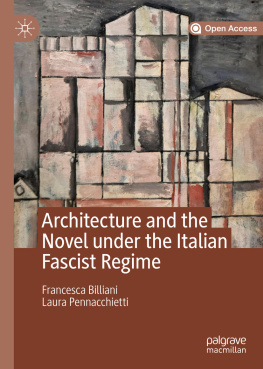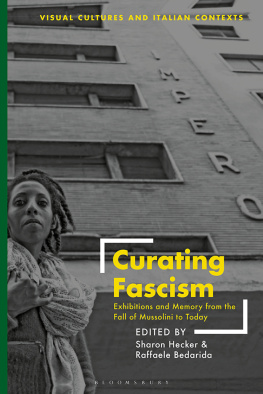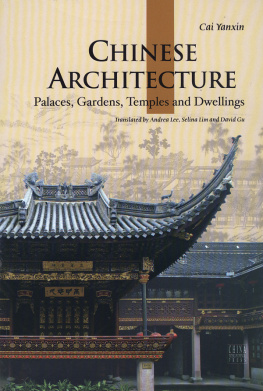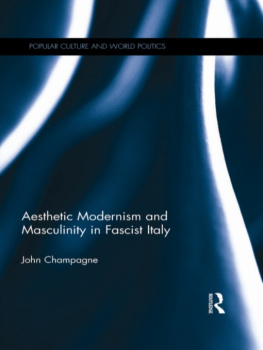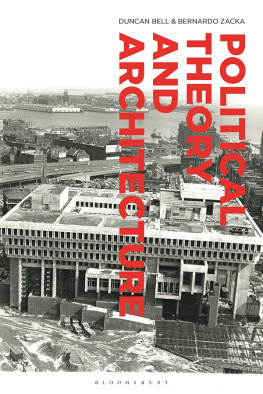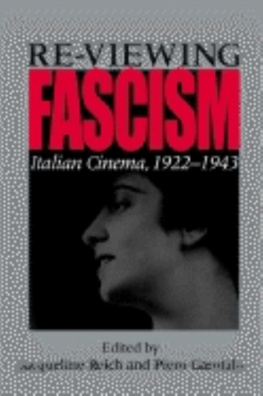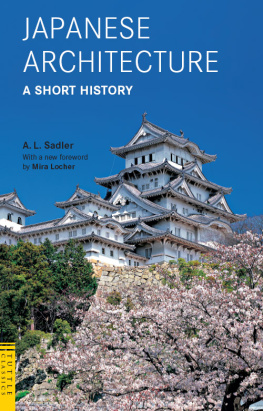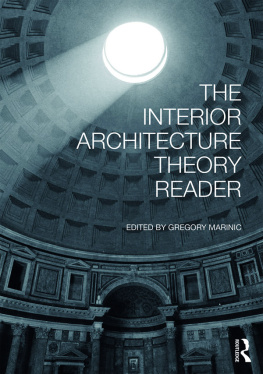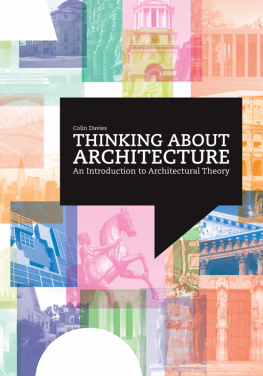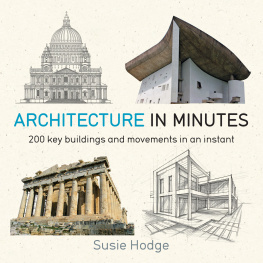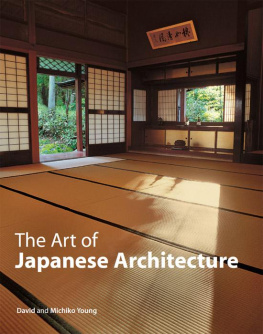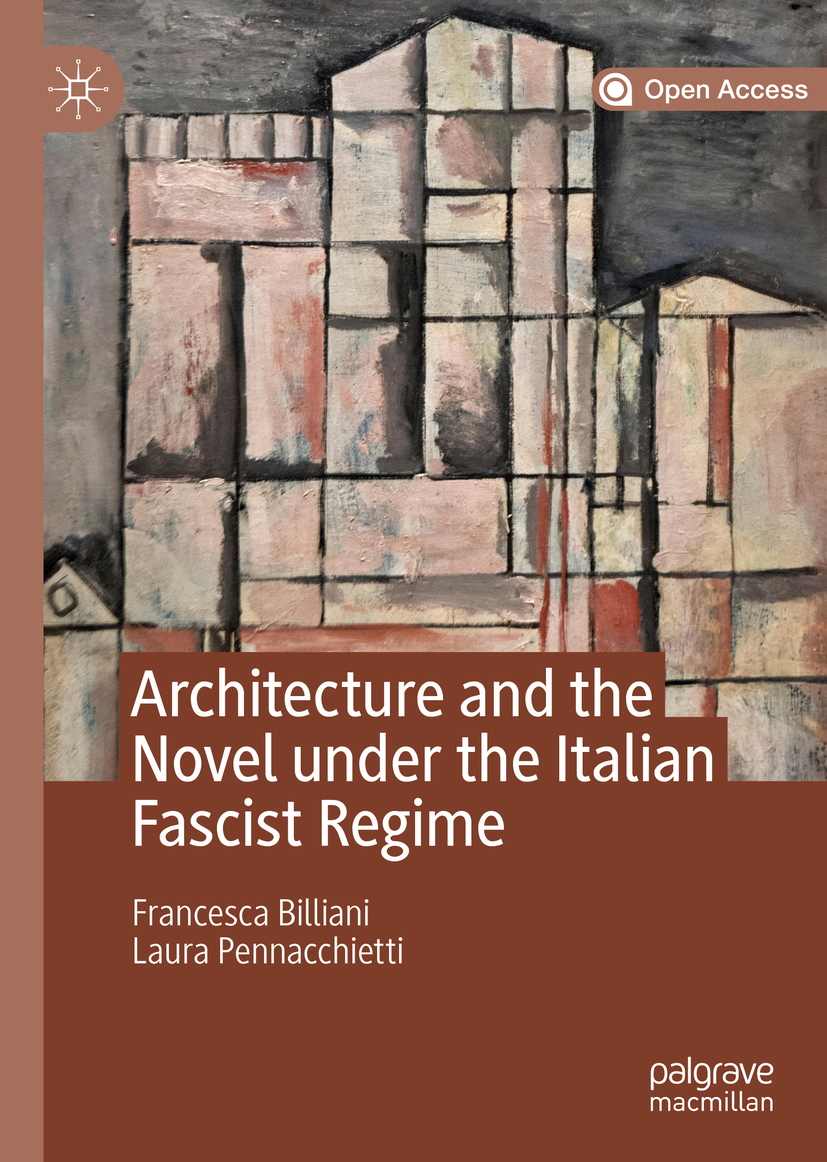Francesca Billiani - Architecture and the Novel under the Italian Fascist Regime
Here you can read online Francesca Billiani - Architecture and the Novel under the Italian Fascist Regime full text of the book (entire story) in english for free. Download pdf and epub, get meaning, cover and reviews about this ebook. year: 2019, publisher: Palgrave Macmillan, genre: Art. Description of the work, (preface) as well as reviews are available. Best literature library LitArk.com created for fans of good reading and offers a wide selection of genres:
Romance novel
Science fiction
Adventure
Detective
Science
History
Home and family
Prose
Art
Politics
Computer
Non-fiction
Religion
Business
Children
Humor
Choose a favorite category and find really read worthwhile books. Enjoy immersion in the world of imagination, feel the emotions of the characters or learn something new for yourself, make an fascinating discovery.
- Book:Architecture and the Novel under the Italian Fascist Regime
- Author:
- Publisher:Palgrave Macmillan
- Genre:
- Year:2019
- Rating:3 / 5
- Favourites:Add to favourites
- Your mark:
Architecture and the Novel under the Italian Fascist Regime: summary, description and annotation
We offer to read an annotation, description, summary or preface (depends on what the author of the book "Architecture and the Novel under the Italian Fascist Regime" wrote himself). If you haven't found the necessary information about the book — write in the comments, we will try to find it.
Architecture and the Novel under the Italian Fascist Regime discusses the relationship between the novel and architecture during the Fascist period in Italy (1922-1943). By looking at two profoundly diverse aesthetic phenomena within the context of the creation of a Fascist State art, Billiani and Pennacchietti argue that an effort of construction, or reconstruction, was the main driving force behind both projects: the advocated revolution of the novel form (realism) and that of architecture (rationalism). The book is divided into seven chapters, which in turn analyze the interconnections between the novel and architecture in theory and in practice. The first six chapters cover debates on State art, on the novel and on architecture, as well as their historical development and their unfolding in key journals of the period. The last chapter offers a detailed analysis of some important novels and buildings, which have in practice realized some of the key principles articulated in the theoretical disputes.
Francesca Billiani: author's other books
Who wrote Architecture and the Novel under the Italian Fascist Regime? Find out the surname, the name of the author of the book and a list of all author's works by series.

